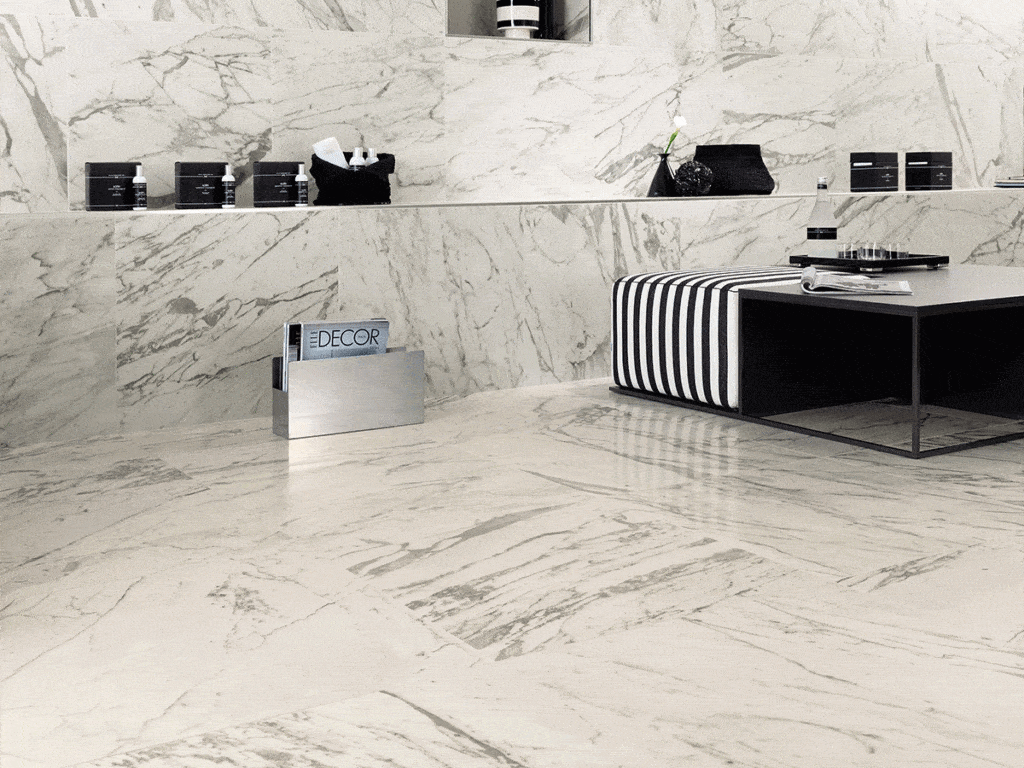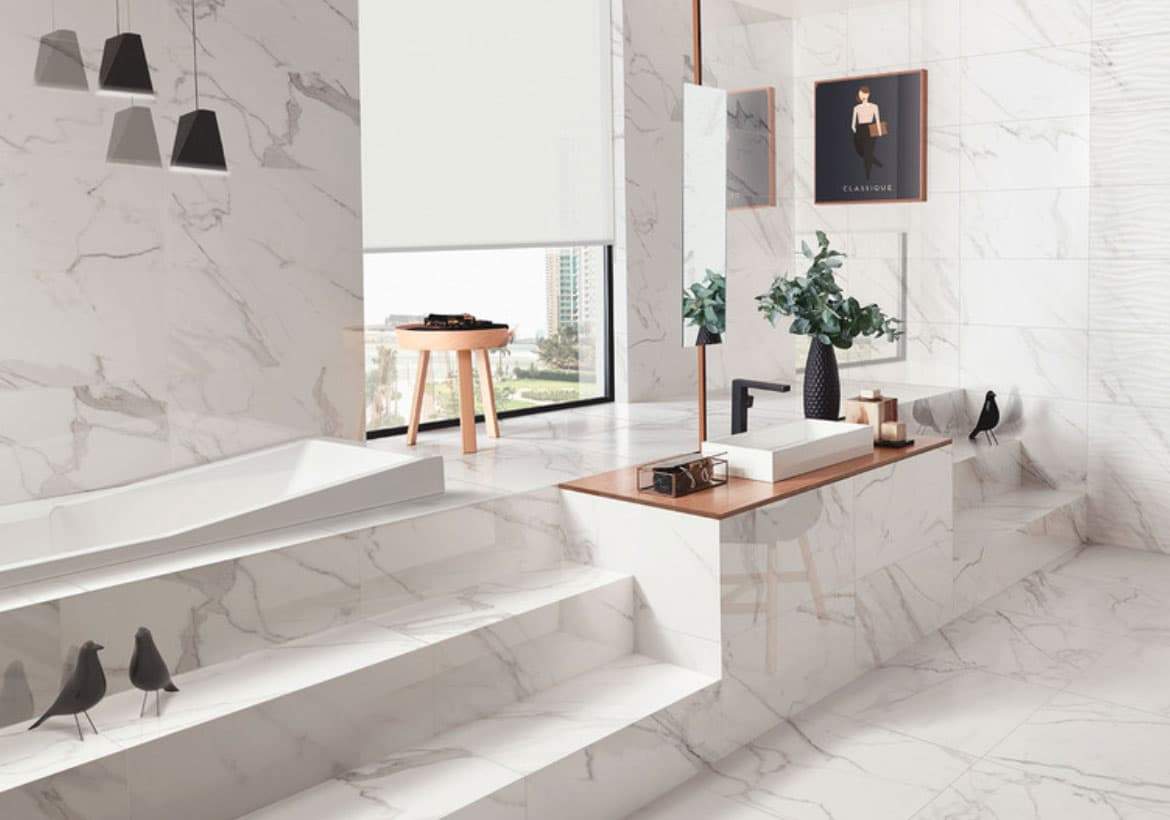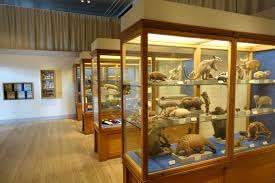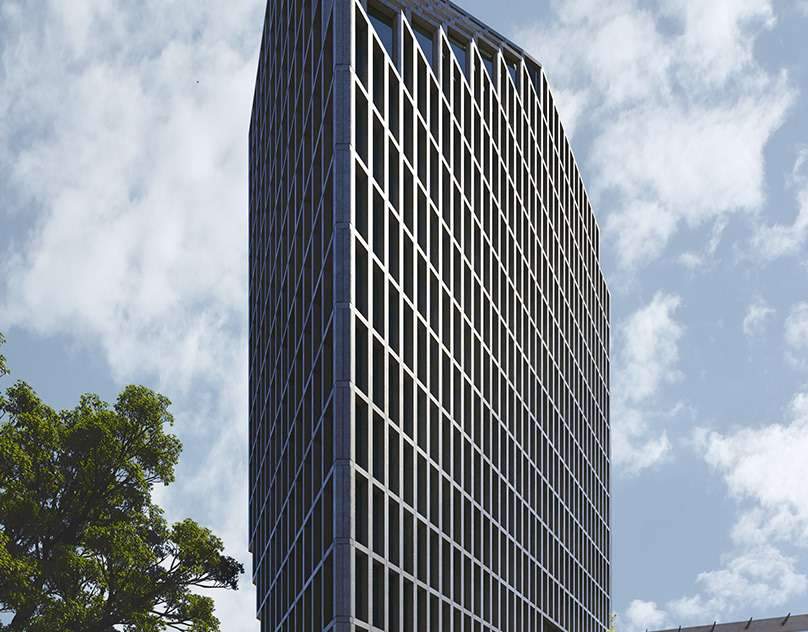An alternative to marble and its uses in interior design,
It is necessary to define marble in its general sense first before talking about the alternative to marble and how to make and use it.
Which is a rock consisting of magnesium and calcium carbonate, where pressure,
heat, and aqueous solutions cause it to recrystallize.
While many types of marble have a thin layer,
rock marble has a larger structure and contains a mosaic of calcite grains.

What is the alternative to marble?
Marble substitute is a man-made material that resembles natural marble
and is a mixture of crushed rocks with a ratio of 93% by weight.
It is mixed with a chemical substance consisting of polyester resin at
a ratio of 7% by weight by volume (66% quartz and 34% resin) with oxide colours.
They are all mixed in certain proportions to give a special mixture used for construction purposes,
especially bathroom sets and kitchen surfaces.
According to the type of natural material that makes up the product and its percentage,
the quality of manufacturing varies. If the type of natural material has high hardness,
such as marble, it is good, and the best of them is the one that contains quartz.
The same applies to what is made of silica,
provided that it is manufactured at a high temperature and tremendous pressure,
similar to or higher than when marble is formed naturally underground.
The alternative to marble is marble that was made by humans,
which distinguishes it from ordinary marble that was geologically generated by the earth.
The marble substitute is manufactured from quartz, sand and stone powder,
in addition to small marble materials, plastic, cement, acrylic glue, and galvanic,
according to a specific ratio that is mixed together and stirred vigorously,
and then subjected to high steam pressure,
and then the final product is organized and poured into blocks and slices ready for use. .
Types of marble alternative
There are three main types of marble alternatives:
An alternative to marble made of acrylic, which is better for the environment and consists of resin,
which is a transparent resin, aluminum powder, in addition to dyes to give it a suitable color.
It is composed of modified polyester or acrylic and is manufactured in the same way as the first type,
but using lower percentages of resin, but it is easy to break and less solid.
An alternative to marble made from calcium carbonate, it is the cheapest and is widely manufactured in China

Properties of marble substitute
The marble alternative has many colors because humans are the ones who make it, as regular marble is unable to provide this color variety.
However, this does not deny that the quality of color, grains and texture of artificial marble is lower than that of ordinary marble, which makes artificial marble less attractive and has unnatural visual effects.
This alternative to regular marble has a higher ability to resist dirt and stains, and this is due to its fine granular structure that is stuck together with glue.
This makes it difficult for stains to adhere to or penetrate it due to the lack of a porous structure in it.
The marble alternative is thinner and lighter than regular marble, which makes it much easier to transport and saves a lot of costs.
Its light weight will also play an important role in reducing the endurance required when using it.
The marble alternative consists of a series of samples that are arranged on both sides.
This enables it to form designs that are difficult to implement using regular marble.
The marble alternative has a lower cost compared to regular stone with a ratio of 1/10, and it is also considered one of the safest materials.
Uses of alternative marble in interior design
There are many uses of marble alternatives in different parts of the house, including:
Kitchen countertops
It can be used in the kitchen due to its ease of cutting and installation,
in addition to its strength and hardness and the different and dazzling colors and designs.
Walls and ceilings
It adds luxury to the walls and ceilings and gives the interior appearance of the house a distinctive elegance, especially if its color is in harmony with the overall decor of the house.
It must also be installed on a flat, non-sloping surface, where it is fixed with specialized glue.
If gypsum boards are used to divide the house,
There is no need to worry about this as it can be installed on gypsum boards as well.
Flooring
The alternative to marble has become the ideal solution for many people searching for the best types of flooring used in construction.
But you must be careful to buy the best types of it for flooring.
Because there are some types that do not have high resistance to scratching.
Bathroom surfaces
The use of an alternative to marble has spread in bathrooms.
Due to its resistance to water and humidity, which limits the proliferation of fungi on surfaces,
In addition to its resistance to corrosion over time, unlike natural marble.
Council walls
One of the most common uses in Arab countries is its use on the walls of majlis,
because of the elegance and luxury it adds to the majlis
Whether it is a heritage majlis or a modern one with a modern touch, especially if it is decorated with engravings and multi-colored drawings
It is compatible with carpets, sofas, and all decor in the Majlis.
How to install wall cladding and ceiling panels
We measure the marble replacement slab accurately.
We cut the panels to the appropriate length using a fine-toothed saw.
We apply the adhesive to the underside of the marble replacement panel.
We measure trim around bathroom shower trays and bathtubs.
We cut the sealant strips to the correct length, then place them in place to make sure they fit, and then we wipe the surface of the bathroom where the strip is located using alcohol wipes.
We put the adhesive on the bottom side of the tape and spread it using a flat spoon.
We also place this material along the surface of the bathtub, as well as along the wall.
We apply sealant tape to the surface of the bathtub to allow the adhesive to adhere.
We remove the protective cover before installing the wall panels, then apply the silicone and attach it to the corner of the wall.
We place the first panel by measuring the distance between the point where the panel meets the ceiling.
We cut the board to the appropriate length, and the adhesive must be placed on the back board part before placing it.
We make sure that the marble replacement slab is in one straight line in case the wall is uneven.
We put silicone on the groove of the first plate and then insert it into the second plate.
After that we repeat this process along the length of the wall.
Frequently asked questions about the alternative to marble (PVC Marble)
What is PVC alternative to marble?
The alternative to marble (PVC Marble) is marble that was made by humans, which distinguishes it from ordinary marble that was geologically generated by the Earth.
This artificial marble is manufactured from quartz, sand and stone powder
In addition to small marble materials, plastic, cement, acrylic glue and alkali.
Is it appropriate to install a marble replacement in bathrooms?
Covering walls and ceilings, especially for bathrooms, with a water-resistant material is an alternative to marble.
An excellent choice. Marble alternative panels are most suitable for cladding ceilings and walls in moisture-laden areas, for example.
Bathrooms, basements and garages are exposed to moisture.
What is the price of a marble replacement slab?
A Chinese plate measuring 2.44″ long by 1.22″ wide. The price of the piece is 169.5 Saudi riyals.
A Chinese board measuring 2.90 length by 1.22 width. The price is 187 Saudi riyals.
Saudi board, size 3 length x 1.22 width, price 169.5 Saudi riyals.
Does the marble substitute withstand heat?
Yes, the marble substitute can withstand heat,
and regular stone is superior to artificial stone in terms of its resistance to heat due to the adhesion of the latter’s grains to a colloidal substance.
Which, at high temperatures, may cause burning or melting.
What are the disadvantages of marble replacement panels?
The most important disadvantage of using PVC marble replacement panels is chemical concerns.
Chlorine is an essential element in PVC products, and it is a volatile element.
Chlorine can be released from these panels over time, and although this is very minimal,
It rarely has any harmful health effects, but it has caused some uncertainty and skepticism regarding the use of a marble alternative.
See More: An environmental pavilion with a futuristic design printed with 3D technology






